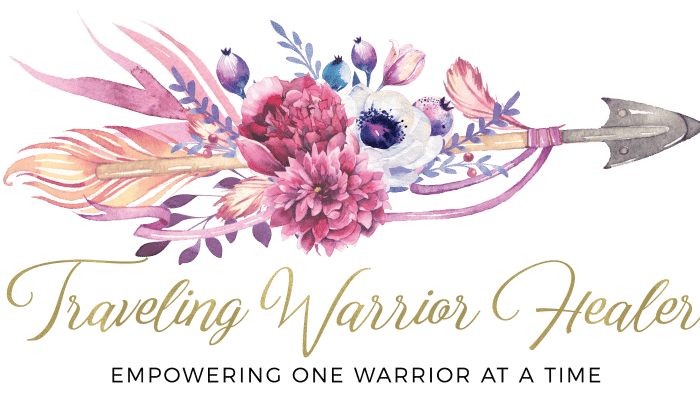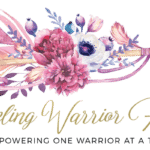The Cycle of Avoidant Attachment. A Path To Healing and Connection.
Relationships are the cornerstone of human experience, but they can be profoundly impacted by our attachment styles. One such style, avoidant attachment, often leaves individuals caught in cycles of withdrawal, emotional distance, and self-protection. To build meaningful, connected relationships, it’s vital to understand the roots of avoidant attachment and why healing is essential to break the cycle.
What is Avoidant Attachment?
Avoidant attachment is characterized by an aversion to emotional closeness and an overemphasis on independence. Individuals with this attachment style often struggle to rely on others, avoiding vulnerability and emotional intimacy. While these behaviors might appear cold or detached, they are deeply rooted in self-preservation.
At the heart of avoidant attachment lies fear—fear of being hurt, rejected, or betrayed. This fear manifests in behaviors such as emotional withdrawal, lying, shutting down during conflicts, or refusing help. These actions are not intended to harm others but are coping mechanisms shaped by painful past experiences.
The Roots of Avoidant Attachment
Avoidant attachment often originates in childhood. It develops when a child’s emotional needs are consistently unmet, whether through neglect, inconsistency, or dismissiveness from caregivers. The child learns that expressing vulnerability or relying on others may lead to disappointment, pain, or rejection.
Over time, these early experiences become ingrained beliefs:
- “Relying on others is risky.”
- “Emotional closeness leads to hurt.”
- “I must handle everything on my own.”
These beliefs shape adult behaviors, making relationships challenging. For example, an avoidant individual may shy away from long-term commitments, struggle to ask for or accept help, and project their unresolved pain onto others, even blaming their partners for relationship issues.
The Impact of Avoidant Attachment
The effects of avoidant attachment ripple through relationships, creating barriers to intimacy and connection. Partners of avoidant individuals often feel rejected, undervalued, or as though their worth is being questioned. Meanwhile, the avoidant partner may feel trapped, overwhelmed, or misunderstood, reinforcing their need for distance.
This cycle perpetuates itself unless one or both individuals take intentional steps toward healing. Without intervention, unresolved attachment trauma continues to influence behaviors, creating emotional disconnection that can span generations.
Why Healing is Essential
Healing from avoidant attachment is crucial, not just for building healthier relationships but for personal growth and emotional well-being. By addressing the unresolved trauma at the root of this attachment style, individuals can begin to:
- Build emotional intimacy: Learning to trust and be vulnerable creates stronger, more fulfilling connections.
- Break generational cycles: Healing ensures that attachment wounds are not passed down to future generations.
- Cultivate self-compassion: Releasing old patterns of self-reliance opens the door to greater emotional fulfillment.
The Path to Healing
Healing avoidant attachment requires patience, commitment, and support. Here are key steps to begin the journey:
- Self-Awareness
Recognizing patterns is the first step. Reflect on past relationships and behaviors. Journaling or mindfulness exercises can help uncover the fears driving avoidant tendencies. - Seek Professional Support
Therapy can be transformative. Attachment-focused therapists help individuals explore childhood experiences, understand their impact, and develop healthier coping mechanisms. - Embrace Vulnerability
Start small by sharing thoughts and feelings with trusted individuals. Vulnerability may feel uncomfortable initially, but it fosters deeper connections and emotional resilience. - Practice Self-Compassion
Avoidant individuals often hold themselves to high standards of self-reliance. Acknowledging emotions and accepting support are acts of strength, not weakness. - Build Trust Through Communication
For those in relationships, open dialogue about fears and needs creates a foundation of safety and understanding. Partners can work together to create a secure and nurturing dynamic.
Imagining a Healthier Future
Picture a relationship where emotional closeness is celebrated, trust is unwavering, and support flows both ways. By addressing avoidant attachment, individuals can build connections rooted in empathy, respect, and mutual care. Each step toward healing—no matter how small—creates ripples of positive change, fostering a future rich in meaningful relationships.
Embracing Healing with Peace and Clarity
Avoidant attachment is not a life sentence. It is a reflection of past wounds, not an unchangeable part of who you are. Healing offers the chance to break free from these patterns, allowing you to create the life and relationships you deserve.
One powerful tool to support this journey is Reiki. By promoting deep peace and clarity, Reiki helps you access the calm needed to reflect on your emotions, uncover truths, and make decisions that align with your highest good. This holistic healing practice fosters balance and inner strength, paving the way for meaningful transformation.
Ready to take the first step? Healing begins with awareness, and Reiki can guide you toward the clarity and connection you’ve been seeking. Get in touch with me to start a process that will help you move forward with confidence and purpose. Your journey to peace, fulfillment, and deeper relationships starts today.

